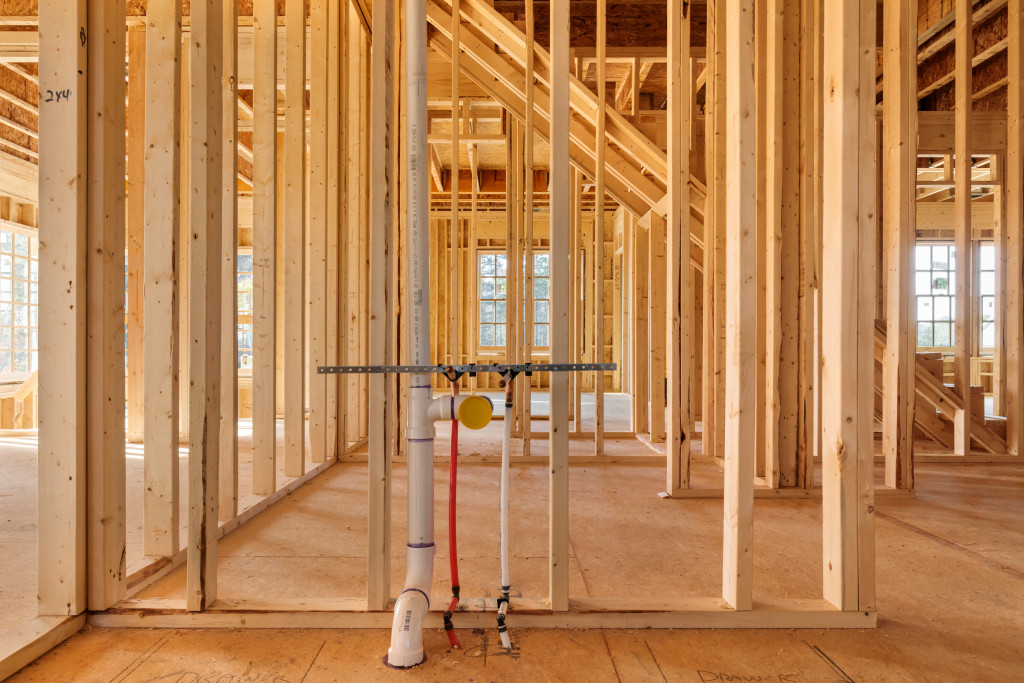Adding a new room to your home is an exciting prospect, as it can completely transform the look and feel of your property. Many homeowners, however, fail to consider the potential risks that come with any renovation project. They often make mistakes that cost them more than they bargained for. Here are some tips on how to avoid common pitfalls when adding a room to your home.
1. Plan Ahead
Before you start the process of adding a room, take some time to consider what you want it for. Do you need more living space or an extra bedroom? Depending on what you plan to use it for, you may need different materials and furniture. This will also affect how much money you’ll need to spend on the project. Make sure to budget accordingly and think about potential problems that could arise during construction or remodeling. It’s also important to research local building codes and regulations before starting work on your new room.
It would be best if you also planned for the future when imagining your new room. Consider how you might use the room as your family or your needs change. This can help ensure that the space is designed and laid out in a way that will be functional for years to come. You may also want to plan for future trends by considering how you can make the room adaptable for different uses in the future.
2. Hire Professionals
If possible, hire professionals when adding a room to your home. Professional builders will be able to help design the space and ensure that it meets all safety standards and regulations. They may also be able to provide advice on cost-effective ways of adding the new room without compromising quality or durability. A professional builder can also help with any necessary permits and paperwork to construct the new addition.
You can also hire contractors to do some of the work for you. This can be a great way to save time and money while still getting the job done correctly. For example, you can paint the new room yourself, but professional house painting services may be able to do the job more quickly and with better results. They can ensure that the paint job lasts longer and looks better.

3. Choose Durable Materials
When selecting materials for your new room, opt for durable and long-lasting materials. This means avoiding cheap materials such as particle board or pressboard which can easily warp or become damaged over time with exposure to moisture or temperature changes. Instead, choose hardwoods such as oak or maple, which are robust and designed to withstand wear and tear over time.
Additionally, pay attention to insulation, as this will ensure that your new room stays warm in winter and cool in summer while keeping energy costs low year-round. Insulating materials such as spray foam insulation or fiberglass batting will help keep the temperature of your new room consistent. But you can also insulate windows and doors to improve energy efficiency further.
4. Think About Financing
Adding a room to your home can be an expensive project. You’ll need to factor in the cost of materials, labor, permits, and other fees. When considering adding a room to your home, explore different financing options, such as home equity or personal loan. This can help spread out the cost of your project over time and make it more manageable.
Shop around for the best loan terms and compare different lenders to ensure you get the best deal. It’s also important to consider the potential tax implications of any loan you take out and to factor this into your budget. For one, a home equity loan may be tax deductible, while a personal loan usually isn’t. You should also consider whether a loan is the best option for you or if you could save more money by paying cash.
5. Consider Resale Value
Finally, when adding a room to your home, it’s essential to consider how it will affect resale value. Your new room should add value to your home and potentially increase its marketability when the time comes to sell. When planning the design of your new room, think about what buyers would be looking for and try to incorporate features that will appeal to them. This could include open floor plans, energy efficiency, and modern amenities.
Ultimately, there are many things to consider when adding a room to your home—from design plans and permits to material choices and construction costs. But by taking the time up front planing ahead, hiring professionals where necessary, and choosing durable materials, homeowners can ensure their new addition is built correctly from start to finish without having costly mistakes due down the line!

